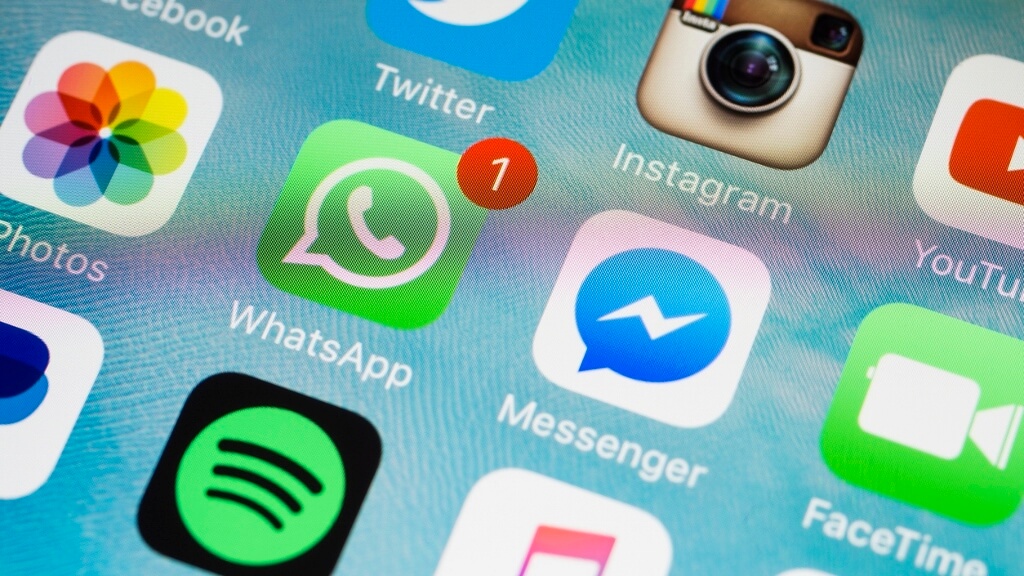How to Create a Simple Digital Marketing Plan for Your Local Automotive Business

This article first appeared in the May/June issue of Jobber News. Click HERE to access the digital version.
As any business owner can attest, creating a strategic marketing plan is no small feat. Wondering how to market yourself and your business to keep your customers buying from you while promoting your store for you?
Here, you’ll find an easy-to-use system that can help you uncover market opportunities, determine which marketing channels to use, and how to do it effectively to win more business.
Determine your true goals
Knowing what you want to achieve is the most important part of any marketing plan, followed by knowing why. Based on your existing knowledge and view of the market, you probably know best where your most relevant opportunities lie to grow your business.
The traditional SMART method of goal setting is a great starting point for any marketing plan. set specific, measurable, achievable, relevant and time-bound goals. Applying this methodology to your defined market opportunities will help you understand if these are indeed goals that make sense, or if more research is needed before moving forward. Vague goals are the enemy of success.
Understand your buyer personas
Whether your business works directly with consumers or you’re a B2B supplier, knowing who specifically buys your products will help you discover more buyers. Knowing their pain points, as well as how your unique selling proposition (which makes you better than the competition) can help address these issues is key.
Based on the size of your market, number of direct competitors, and customer base, you can get an idea of your current market share. Choose to either find more customers like the ones your business already serves or start serving new types of customers.
Customer types are often referred to as buyer personas, which are detailed descriptions of who the buyer is, the problems they face, their finances, their decision-making status, and other key details that determine s is fit to buy. of your company. Those who match are called “ideal characters”, while those you don’t want to do business with are called “negative characters”. Make an effort to be as detailed as possible for both.
For example, you can sell parts directly to the consumer in a busy city. It is likely that there are customers in your market area who do not yet work with you. Write down everything you know about these customers: where they are, what kinds of jobs they do, what their family situation might be, what similarities they have with your existing customers, and how you can help them. This is the beginning of one of your ideal buyer personas.
Select the appropriate marketing channels
Armed with buyer personas, you’ll understand where you can find your ideal customers. Here are some channels to consider adding to your mix and when they work best:
- LinkedIn organic and paid advertising: often better suited for B2B applications, LinkedIn lets you target ads and create sales listings by industry and job title
- Facebook Organic Posts, Purchases, and Ads: ideal for full-funnel B2C applications with compelling visuals and copywriting
- Leverage your Google My Business page: take up more space on the first page of Google, while consistently sharing relevant posts and offers with potential customers
- Waze Local Advertising: a map-based app that shows you on their maps when people are passing by or looking for what you offer
- Google Organic, SEO: the most underrated and underutilized method of reaching customers is through content on your website through pages and blogs that address the stages of the buyer’s journey
- Google Ads: display (visual) and search (text) can reach far beyond nearly all other paid advertising mediums while appealing to low-funnel users with high intent
- Other social media platforms: Twitter, Spotify radio, Instagram, TikTok and many more
- Traditional media types: television, billboards, print advertisements, etc.
There is no one-size-fits-all approach to choosing the right content sharing and marketing platforms. Those that work well in one market may fail in another. Doing your research is essential.
Apply your marketing channels to funnel stages
The proven marketing funnel, or buyer’s journey, is a framework that brings unknown customers to loyal buyers. Understanding how to best reach desired buyers will be different at each stage:
- Sensitization: where could your customers see your brand? Billboards, Facebook posts or local classifieds? Awareness is when the customer learns that your brand exists and begins to learn a little more about it. This is when you need to insert your brand where they will see it without looking for it.
- Consideration and research: How can you provide value and educate your customers on the benefits your product and brand has to offer? Customers in this phase research where they can get the products they need and look for answers to the questions they have. Provide these answers with FAQ videos, blog posts, pages on your website, Google My Business articles, and other relevant content mediums.
- Decision: What will make the customer choose your company and your product? In the decision stage, the customer has decided how they want to solve their problem and likely what product they will use to do so. Make the choice easier.
- To buy: How can you make the shopping experience memorable, engaging, and easy for the end user? Here the customer is ready to complete the purchase. Make buying from you easy with a user-friendly shopping process.
- Loyalty & post-purchase: What will make them choose you next time? After purchase, make sure your follow-up actions will inspire them to choose you again, as well as share their experience with others through reviews and word-of-mouth.
Test and test again
No marketing plan is perfect, and that’s why optimization is so important. Track each of your activities and expenses to understand their impact on your business. While there are steps in a marketing plan that are nearly impossible to follow, remembering the following tips will help you stay focused:
Good marketing takes time: any new campaign or initiative needs time to last.
The brand matters more than you think: knowing what makes you special makes all the difference. Tell the world!
Strategic diversity matters: customers are using more media than ever before. Pick the channels that are most relevant to your user base and focus on those. You don’t need to be on all of them.
Find out what numbers matter for each campaign: with awareness campaigns, impressions are an important metric, with low-funnel campaigns, clicks and conversions matter more. Intangibles are important in all types of campaigns.
Do your research and work with a trusted professional: there are a lot of empty promises and “gurus” out there. Working with an agency with a proven track record and tracking tools will put you on the right track.
Test & optimize: don’t delist a platform because a campaign isn’t working. Test campaigns with different images, messaging, and at different stages of the funnel to see what resonates with your audience.
Wherever your business is located, the right marketing plan can ensure you are seen or forgotten. Be sure to focus your efforts on your marketing or work with an agency that can do this for you.
Whit Norrad is Director of Customer Marketing Strategy at FlexDealer. Flex is the creative marketing agency that brings your marketing, strategy, website and advertising to life.
Website: www.whitnorrad.com + www.flexdealer.com
Social media: @whitnorrad on all platforms



